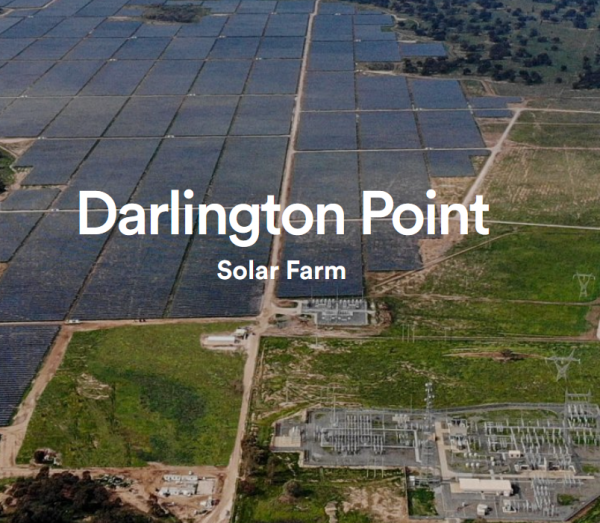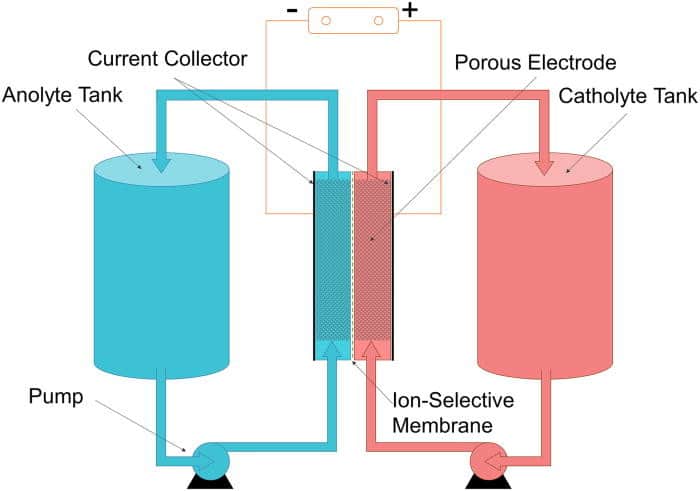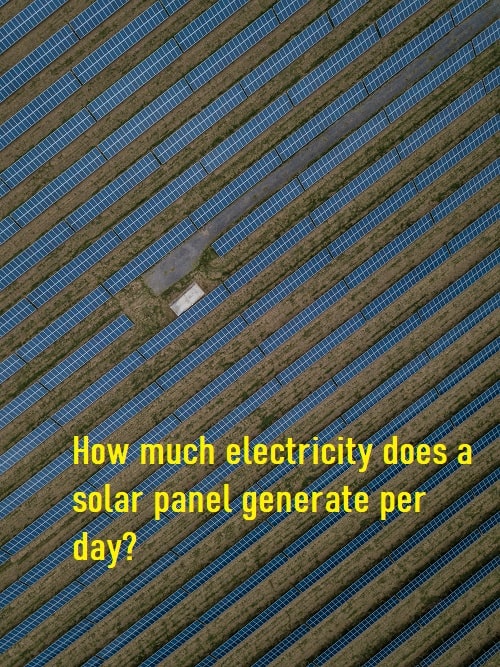Harnessing the Sun: Australia’s Solar Farms Set to Shine in 2024
As we continue our steadfast commitment to renewable energy, 2024 marks a pivotal year for Australia’s solar energy sector. With an increasing focus on sustainability and reduced carbon emissions, a host of groundbreaking solar farm projects are on the horizon. From vast expanses of desert to rolling farmlands, these projects are set to reshape Australia’s energy landscape and contribute significantly to the nation’s clean energy goals.
Bungala Solar Farm Expansion – South Australia
The Bungala Solar Farm, situated near Port Augusta in South Australia, is primed to undergo a significant expansion in 2024. This expansion will elevate Bungala’s status as one of the largest solar farms in the Southern Hemisphere. Once completed, the farm will cover an area of over 2,000 hectares, equivalent to more than 3,000 football fields.
The expansion will bring an additional capacity of around 300 megawatts (MW) to the grid, generating enough electricity to power tens of thousands of homes. The Bungala Solar Farm exemplifies Australia’s commitment to transforming its abundant sunlight into a clean and sustainable energy source, further contributing to the state’s renewable energy targets.
Sunraysia Solar Farm – New South Wales
In the heart of New South Wales, the Sunraysia Solar Farm is gearing up for its grand debut in 2024. This ambitious project, spanning approximately 2,000 hectares near Balranald, aims to generate a staggering 1,200 MW of solar power once fully operational. To put this into perspective, the energy produced will be equivalent to powering an estimated 500,000 homes.
The Sunraysia Solar Farm’s cutting-edge technology includes solar tracking systems that follow the sun’s trajectory throughout the day, maximizing energy capture. Such innovations underscore Australia’s determination to utilize the latest advancements in solar technology, driving the nation toward a more sustainable energy future.
Western Downs Green Power Hub – Queensland
Queensland, known for its sunny climate and vast landscapes, is set to host the Western Downs Green Power Hub. This monumental project, located near Chinchilla, is scheduled to commence operations in 2024. The solar farm, spanning over 1,600 hectares, will have an impressive capacity of around 500 MW.
What sets the Western Downs Green Power Hub apart is its integration of battery storage technology. This allows the farm to store excess energy during peak production hours and release it during periods of high demand, ensuring a more stable and reliable power supply. The integration of energy storage reflects Australia’s commitment to enhancing the efficiency and effectiveness of renewable energy sources.
Yarrabee Solar Project – Victoria
In Victoria, the Yarrabee Solar Project is set to shine in 2024, contributing to the state’s renewable energy goals. This solar farm, located near the town of Echuca, will cover approximately 700 hectares and boast a capacity of around 250 MW. The Yarrabee Solar Project showcases how renewable energy projects can align with local communities, providing economic growth and employment opportunities.
What’s Next?
Australia’s solar farms scheduled for launch or expansion in 2024 are emblematic of the nation’s commitment to a more sustainable energy future. These projects not only harness the abundant solar resources that Australia is blessed with but also reflect a steadfast dedication to reducing carbon emissions and transitioning toward cleaner energy sources.
From the Bungala Solar Farm’s expansion in South Australia to the technological innovations of the Sunraysia Solar Farm in New South Wales, and the integration of energy storage at the Western Downs Green Power Hub in Queensland, these solar farms serve as beacons of progress. As the Yarrabee Solar Project emerges in Victoria, the ripple effect of these projects will undoubtedly extend beyond the energy sector, contributing to local economies and solidifying Australia’s role as a global leader in renewable energy innovation.
- Bungala Solar Farm – South Australia Website: Bungala Solar Farm
- Sunraysia Solar Farm – New South Wales Website: Sunraysia Solar Farm
- Western Downs Green Power Hub – Queensland Website: Western Downs Green Power Hub
- Yarrabee Solar Project – Victoria Website: Yarrabee Solar Project




